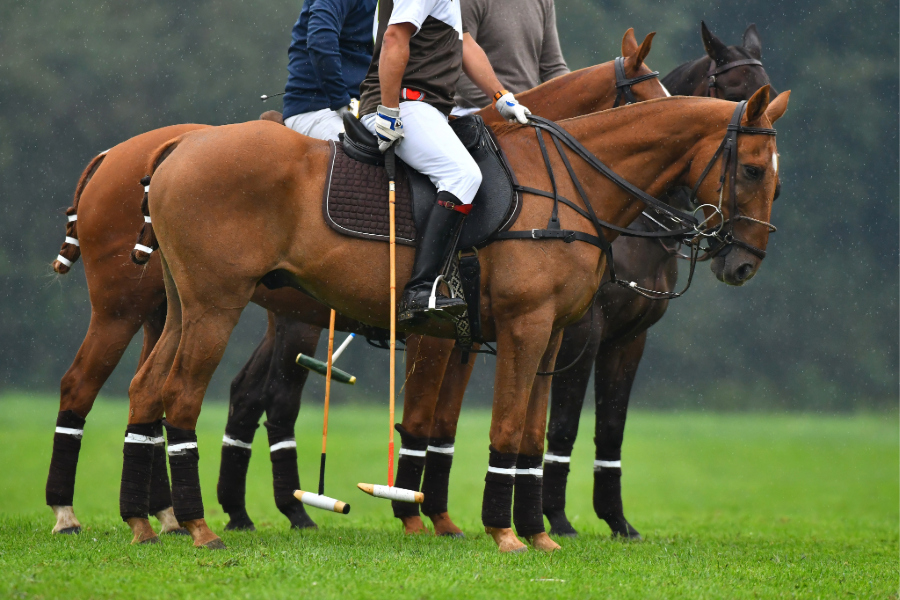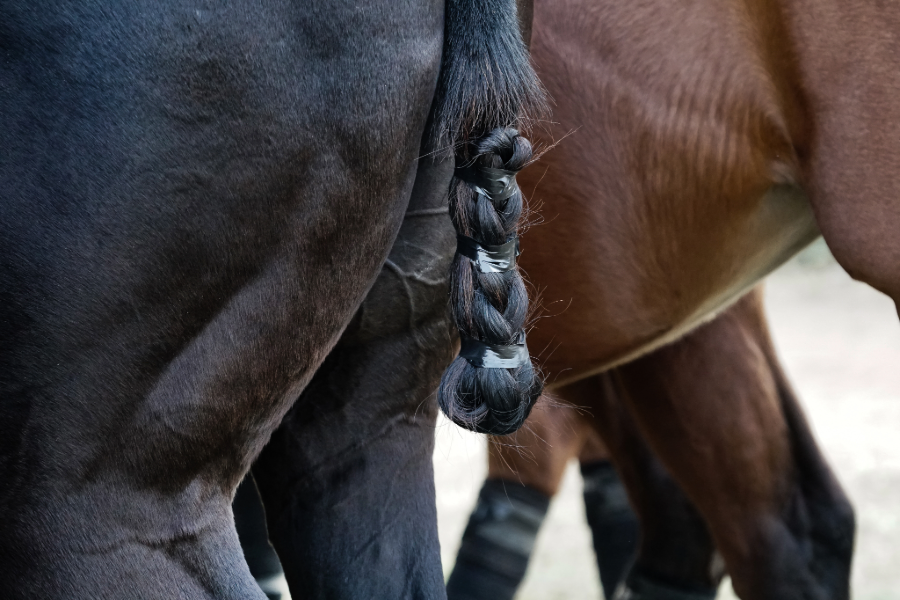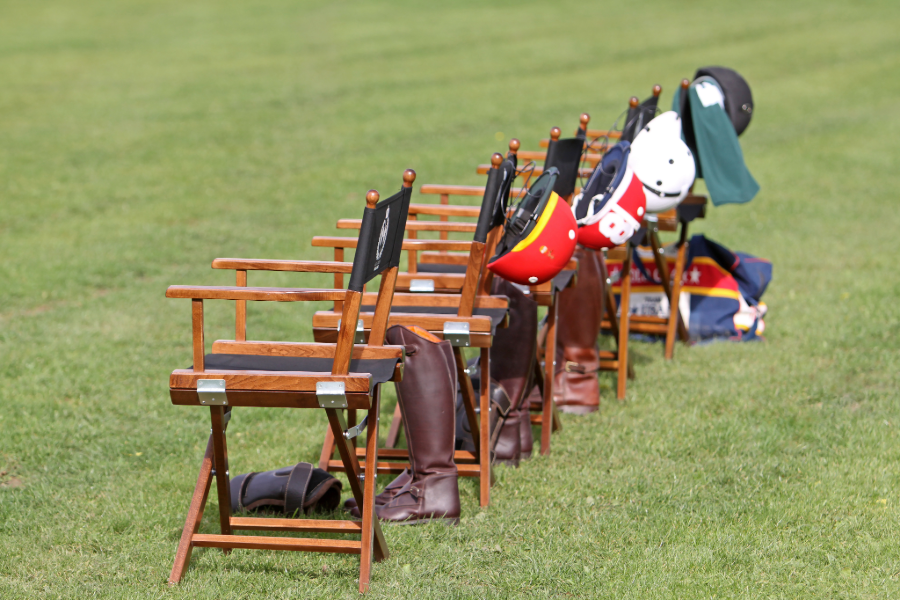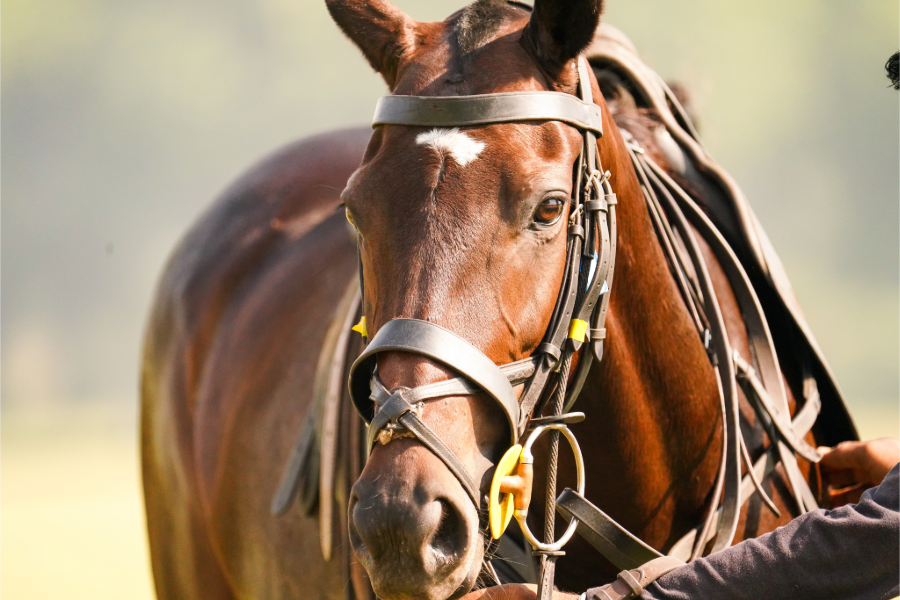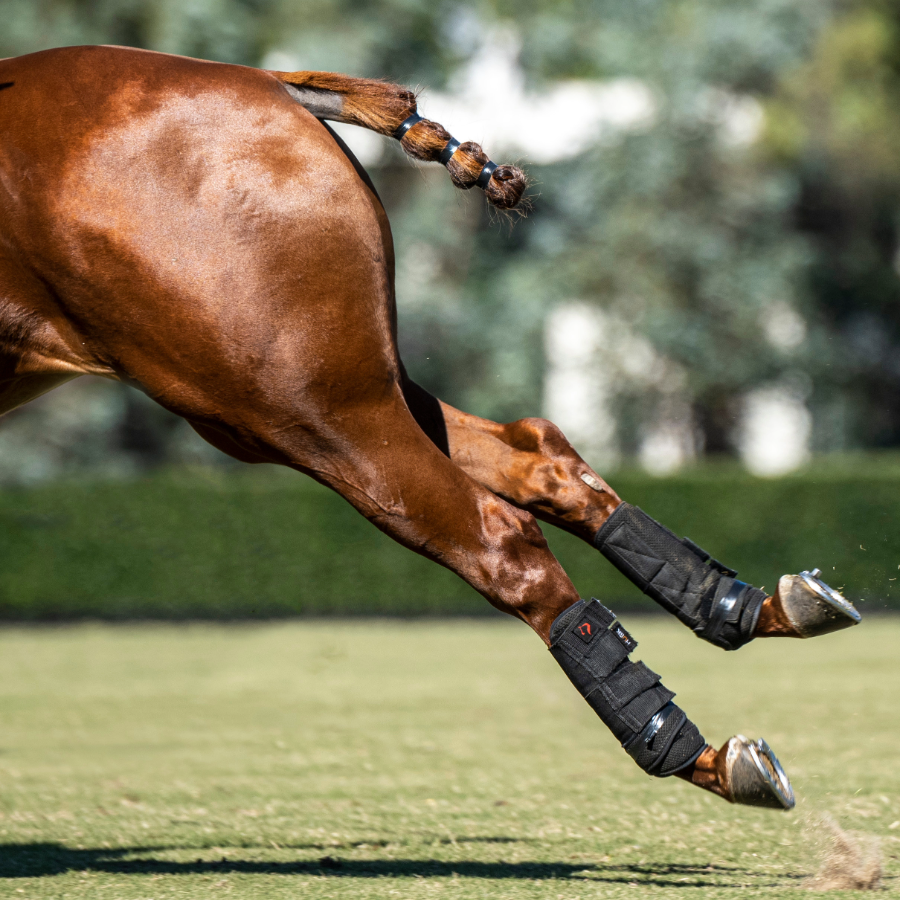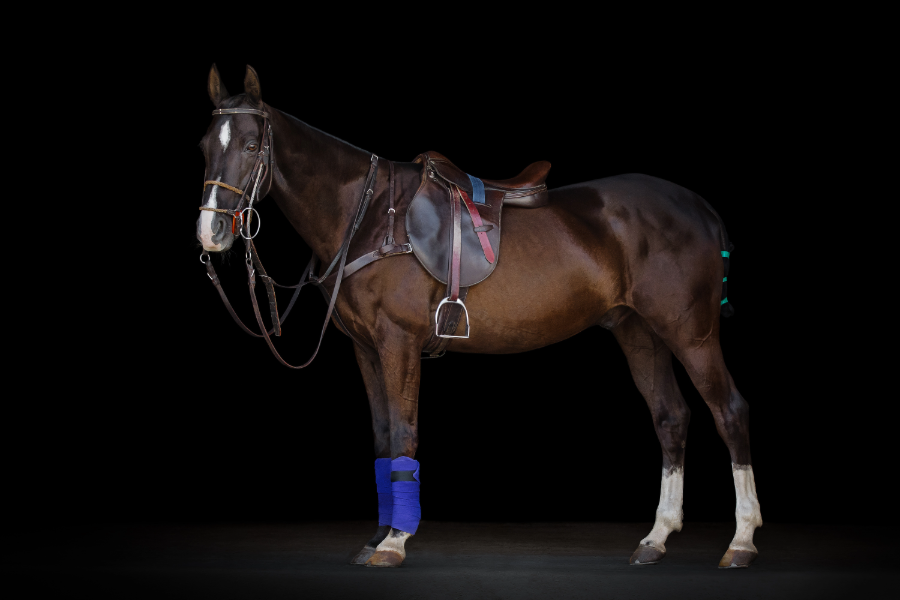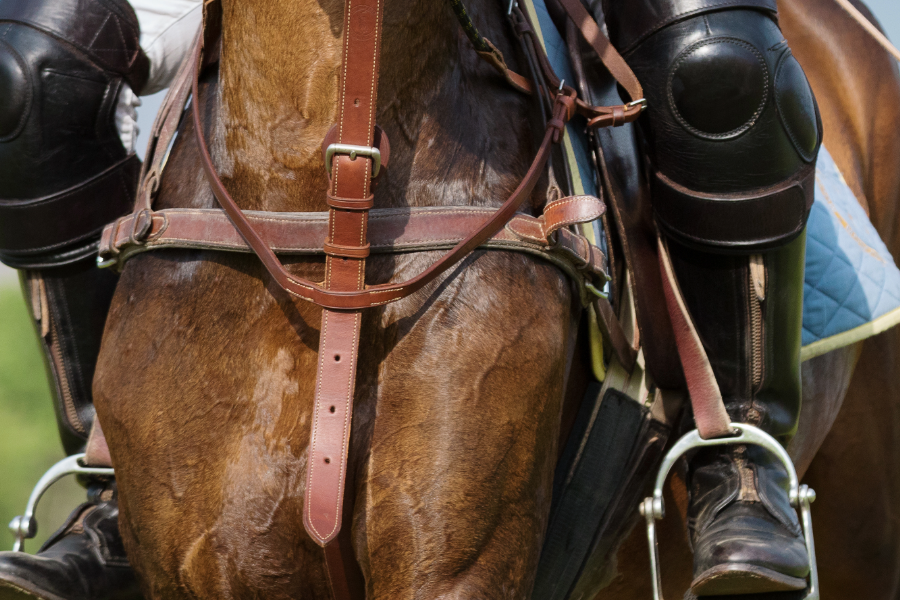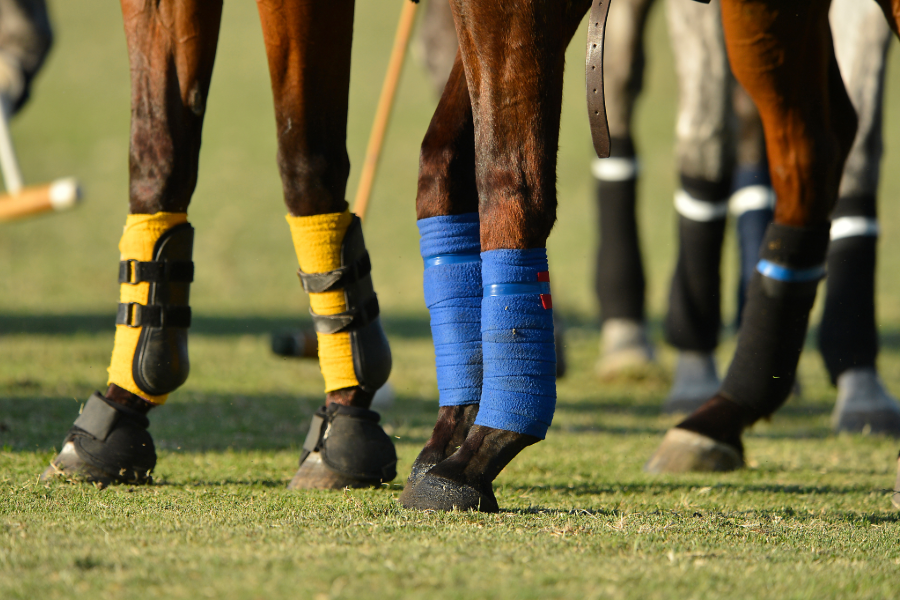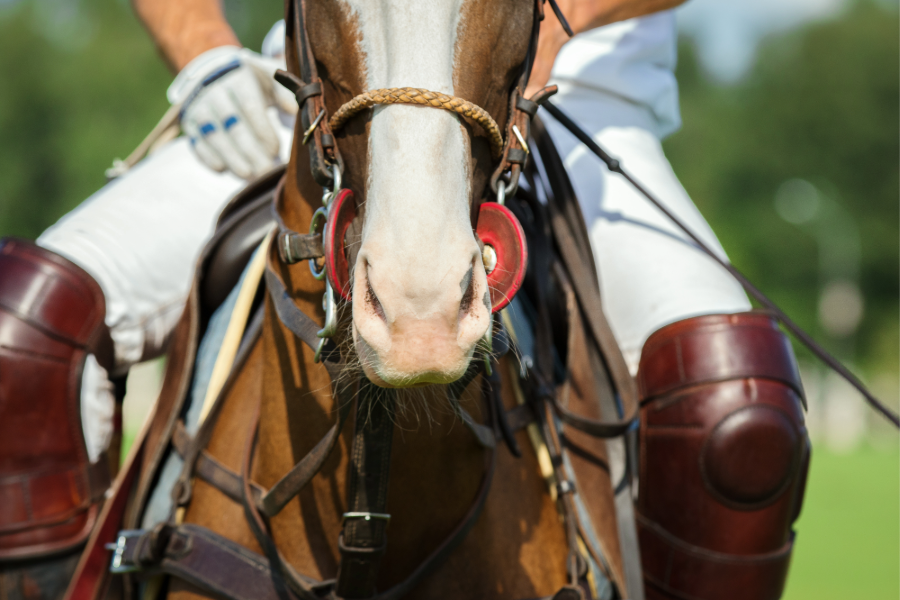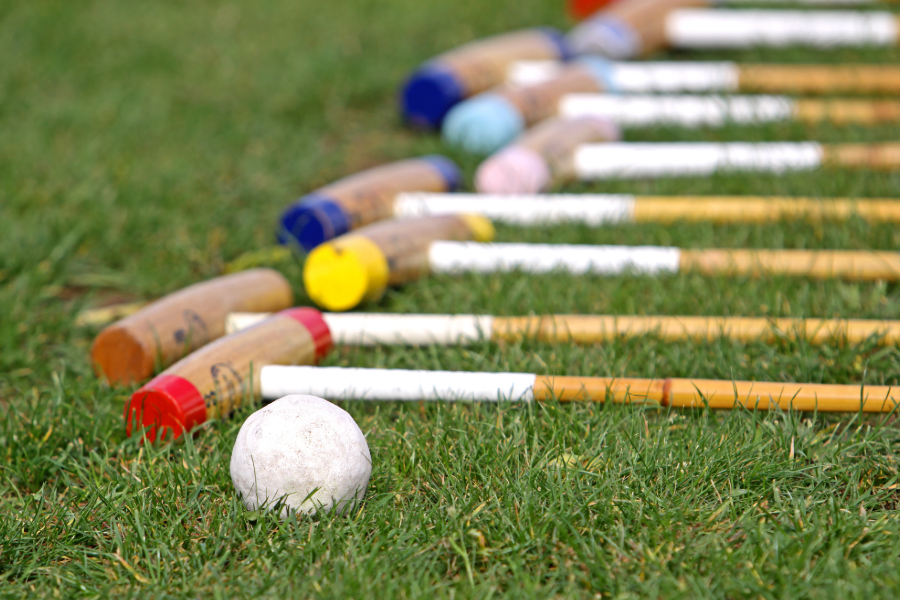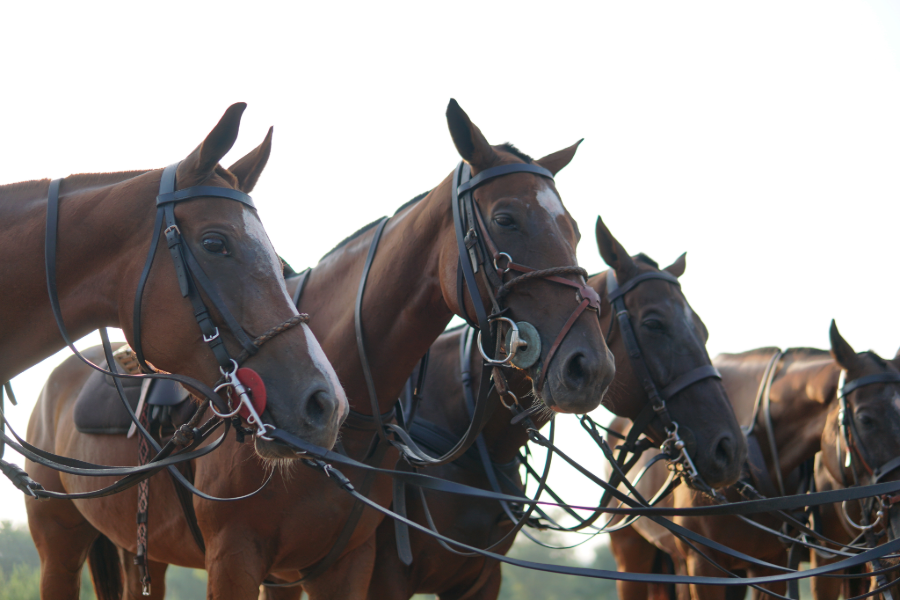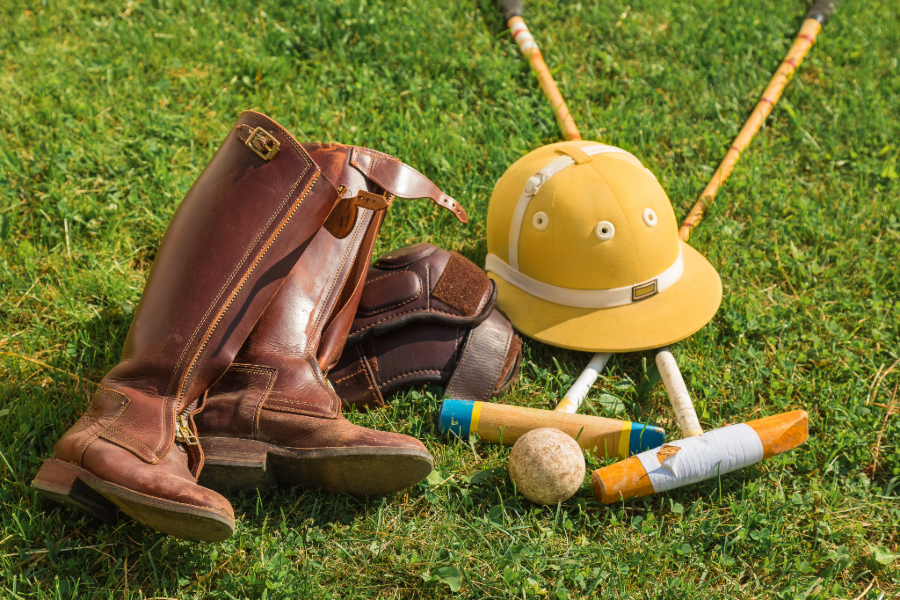
“You are in great hands with James Armstrong and the crew at Franklin Polo Academy!”
Safety
While any physically demanding sport carries with it some measure of risk, the rules of polo are based almost entirely around safety and are designed to prevent injury to players and their mounts. Franklin Polo Academy strives to offer the safest learning experience for its clients.
The organizational precautions go a long way to negate risks for the athletes and horses. In fact, the United States Polo Association is advised by an official Safety Committee and Equine Welfare Committee, which monitor all safety aspects of polo through injury research, testing of protective gear, and communication of safety information and recommendations to polo players and officials.
Equipment
BALLS - Outdoor, or field polo, the ball is typically about the size of a baseball and made of hard plastic. It will weigh between 3.5 and 4.5 ounces. For arena play, the ball is a larger ball similar to a mini soccer ball.
POLO WRAPS - The colored material wrapped around the horses’ lower legs. Wraps are typically made of a synthetic felt-like material and have some stretch to them. They serve two purposes: protecting the horses’ legs from injury and providing support.
BOOTS - Players wear leather boots that extend up to the knee to protect the lower leg. There are also a variety of protective equine boots, which may be used in addition with leg wraps for additional protection.
HELMET - USPA rules require all polo players wear a helmet while playing. Helmets are traditionally covered in cloth or leather and comprised of an outer fiberglass or carbon-filter shell with an interior high density foam liner for padding. Helmets are typically secured by a chin-strap and/or a harness.
KNEE GUARDS - Protective equipment worn by players on their knees. They are generally padded, made of leather, and are fastened with leather straps.
MALLET - The mallet is used to hit the ball and is generally between 49 and 54 inches long. The grip is similar to that of a tennis racket with a sling that loops over the player's thumb. The sling helps to ensure the player does not drop the mallet. The shaft is traditionally made from a cane called Manau, a member of the palm family, while the mallet head is made of a hard wood such as Maple or Ash. There are many ways to customize a player's mallet.
POLO PONIES - The polo pony, although referred to as a "pony", they are most often a thoroughbred horse between 15 and 16 hands. Hands are a standard unit of height measurement equaling four inches each. Although the horses can be of any size or breed, the most popular are thoroughbred or partial thoroughbred and on average range from 5 to 15 years old.
TACK - Refers to the equipment which goes on the horse. Which includes, bridles, saddles, saddle pads, breastplates, girths, martingales, and other miscellaneous pieces.
OTHER PLAYER EQUIPMENT – Whether a player chooses to use gloves, protective face masks, eye wear, elbow pads, or mouth guards is a personal preference.




